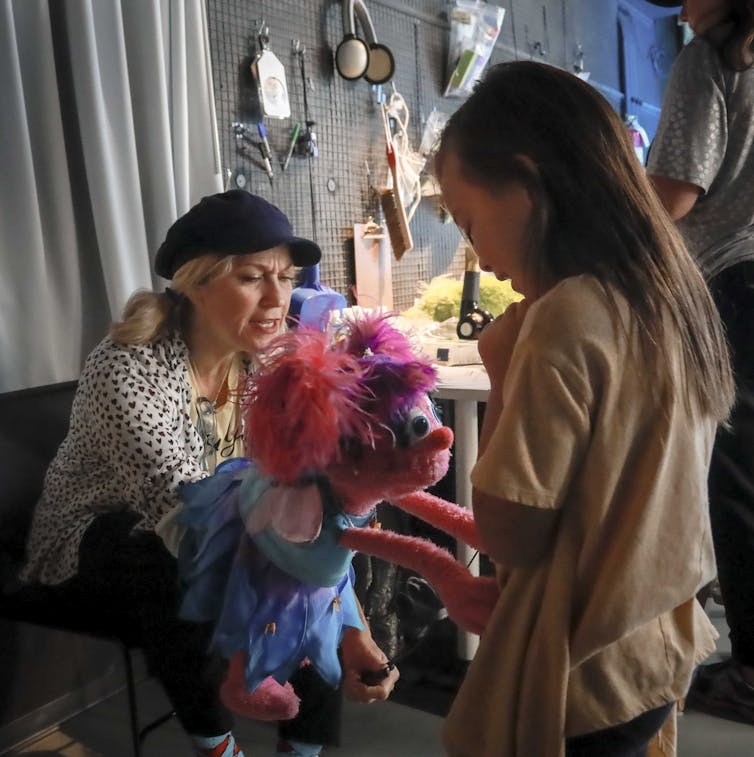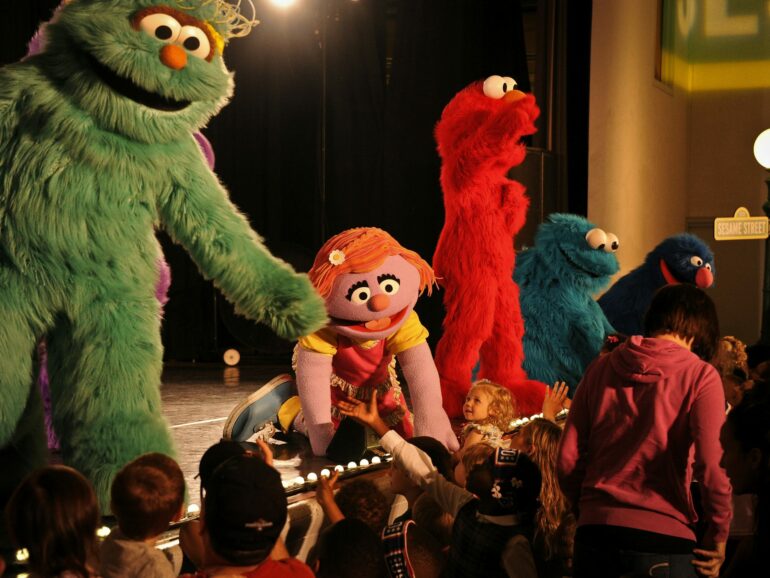To adult viewers, educational media content for children, such as “Sesame Street” or “Daniel Tiger’s Neighborhood,” may seem rather simplistic. The pacing is slow, key themes are often repeated and the visual aspects tend to be plain.
However, many people might be surprised to learn about the sheer amount of research that goes into the design choices many contemporary programs use.
For more than a decade, I have studied just that: how to design media to support children’s learning, particularly in moral development. My research, along with the work of many others, shows that children can learn important developmental and social skills through media.
History of research on children’s media
Research on how to design children’s media to support learning is not new.
When “Sesame Street” debuted in November 1969, it began a decadeslong practice of testing its content before airing it to ensure children learned the intended messages of each episode and enjoyed watching it. Some episodes included messages notoriously difficult to teach to young children, including lessons about death, divorce and racism.
Researchers at the Sesame Workshop hold focus groups at local preschools where participating children watch or interact with Sesame content. They test the children on whether they are engaged with, pay attention to and learn the intended message of the content. If the episode passes the test, then it moves on to the next stage of production.

The Sesame Workshop uses muppets to teach children about difficult topics.
AP Photo/Bebeto Matthews
If children do not learn the intended message, or are not engaged and attentive, then the episode goes back for editing. In some cases, such as a 1992 program designed to teach children about divorce, the entire episode is scrapped. In this case, children misunderstood some key information about divorce. “Sesame Street” did not include divorce in its content until 2012.
Designing children’s media
With help from the pioneering research of “Sesame Street,” along with research from other children’s television shows both in the industry and in academia, the past few decades have seen many new insights on how best to design media to promote children’s learning. These strategies are still shaping children’s shows today.
For example, you may have noticed that some children’s television characters speak directly to the camera and pause for the child viewer at home to yell out an answer to their question. This design strategy, known as participatory cues, is famously used by the shows “Blue’s Clues” and “Dora the Explorer.” Researchers found that participatory cues in TV are linked to increased vocabulary learning and content comprehension among young children. They also increase children’s engagement with the educational content of the show over time, particularly as they learn the intended lesson and can give the…



